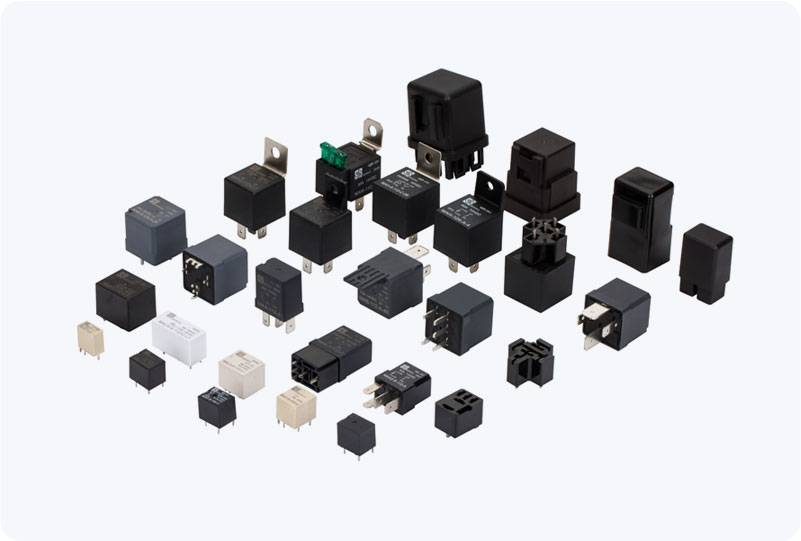Time relays, also known as time delay relays, are essential components in many modern automation systems, providing precise control over timing sequences in electrical circuits. These devices serve as intermediaries, ensuring that the correct timing is observed in various applications. Whether in industrial machinery, home appliances, or complex automated systems, time relays play a critical role in ensuring that operations run smoothly and efficiently. This article will explore the working principle, types, and applications of time relays, highlighting their significance in enhancing the performance of automated systems.

Working Principle of Time Relays At its core, a time relay is an electromechanical or solid-state device designed to control the opening and closing of electrical circuits after a predetermined time delay. The working principle relies on a simple concept: the relay remains inactive until a specified time delay passes, after which it either activates or deactivates the connected load, depending on the configuration. Time relays typically consist of a coil, contacts, and a timing mechanism. The coil is energized when the input signal is applied, and the contacts either remain open or closed based on the type of relay. The timing mechanism is responsible for creating the delay, which can be achieved through various techniques, such as using capacitors, resistors, or digital timers. The delay can range from milliseconds to hours, depending on the specific requirements of the application.